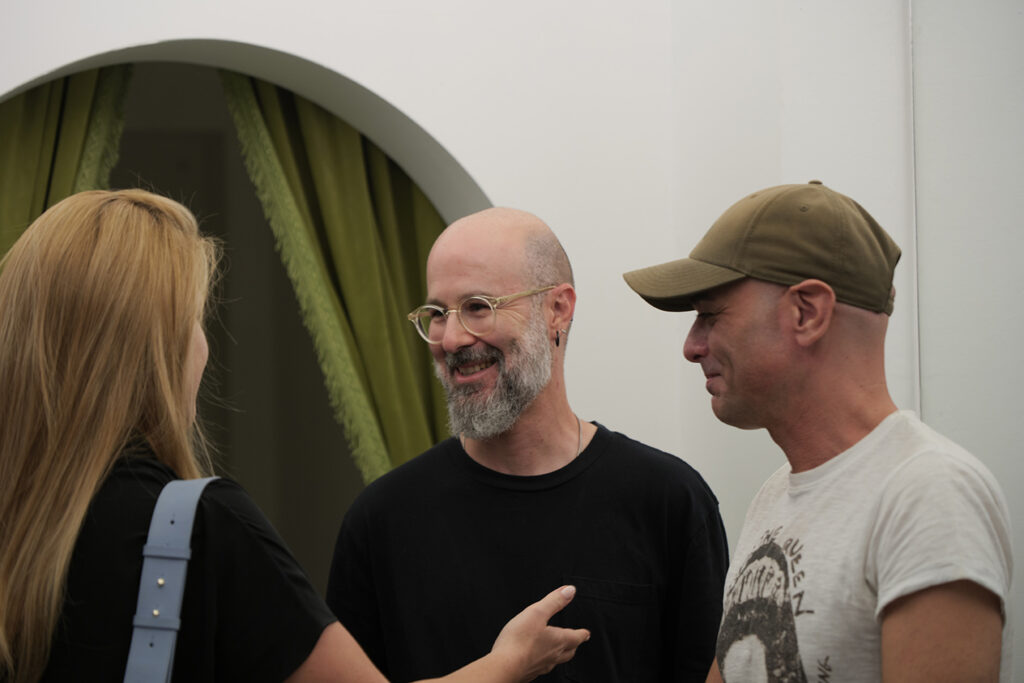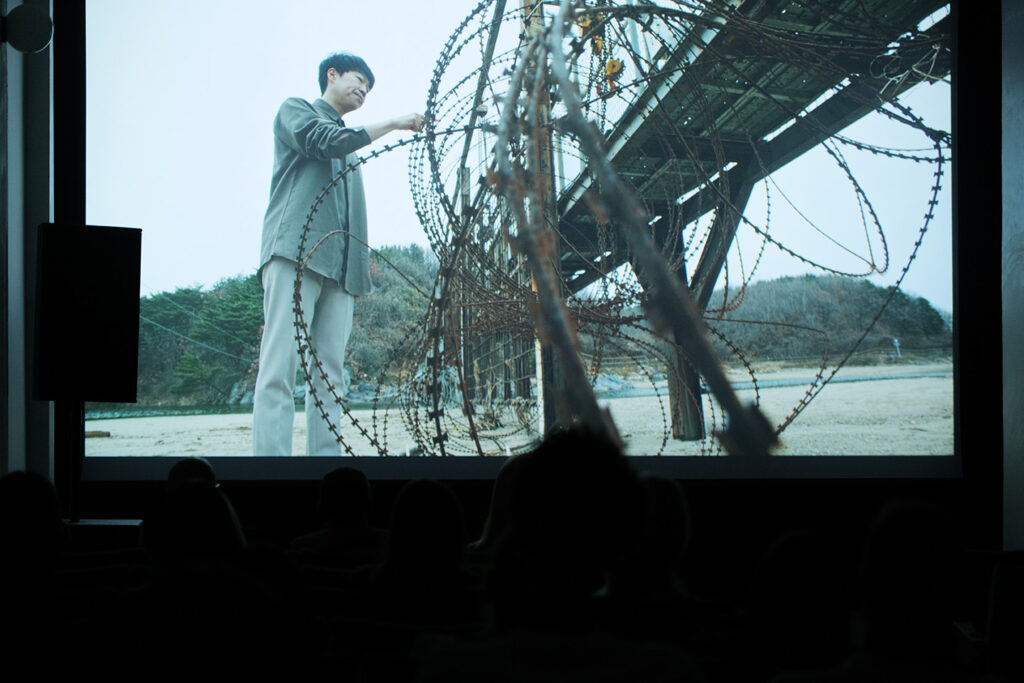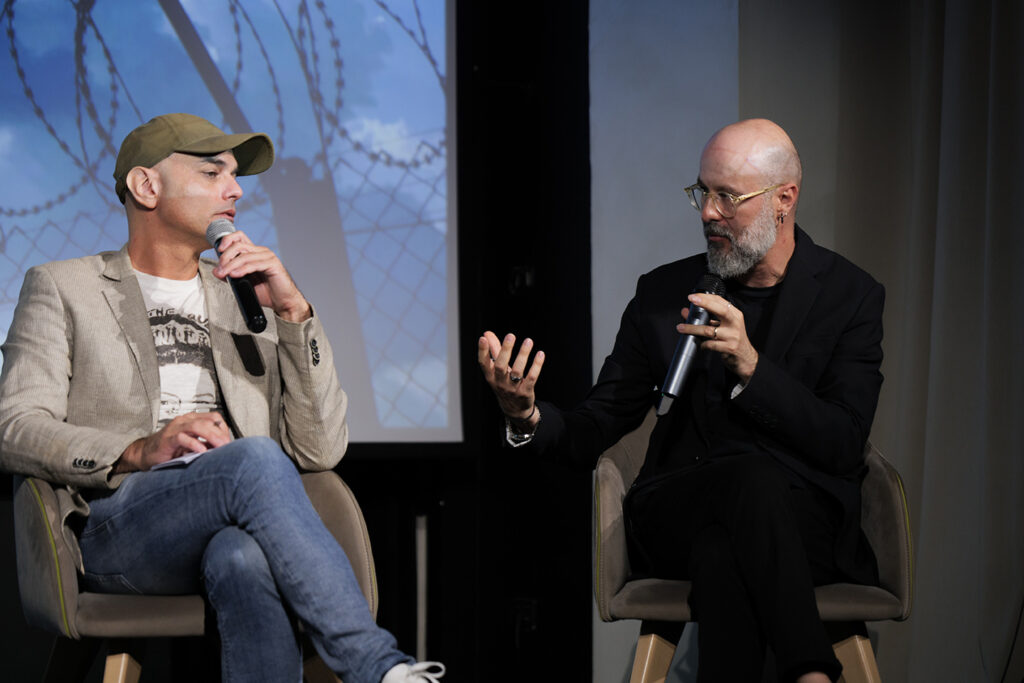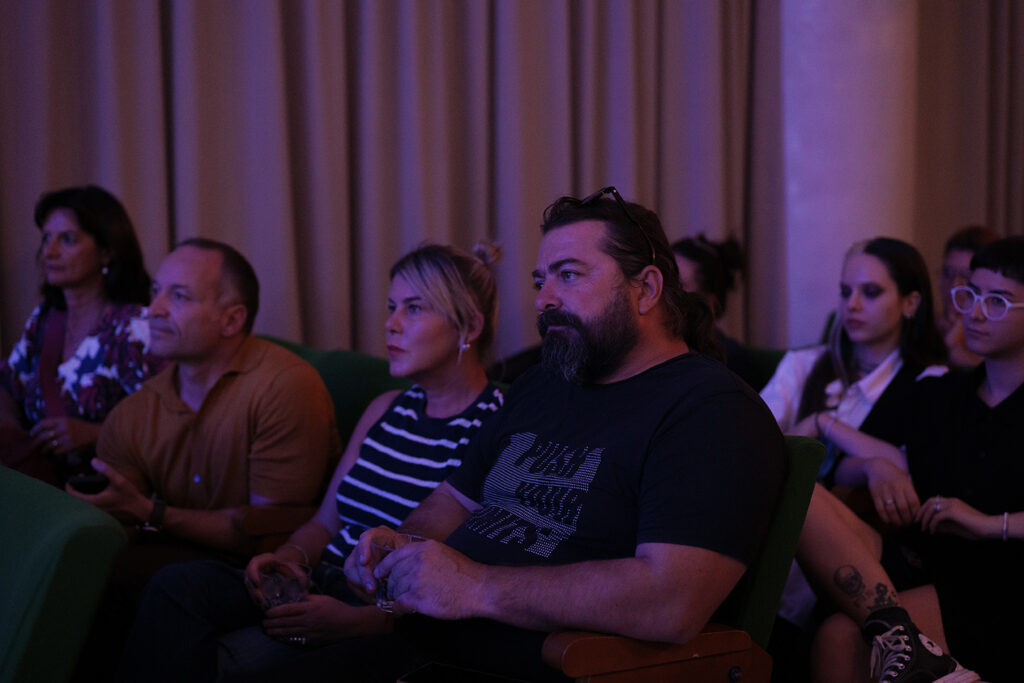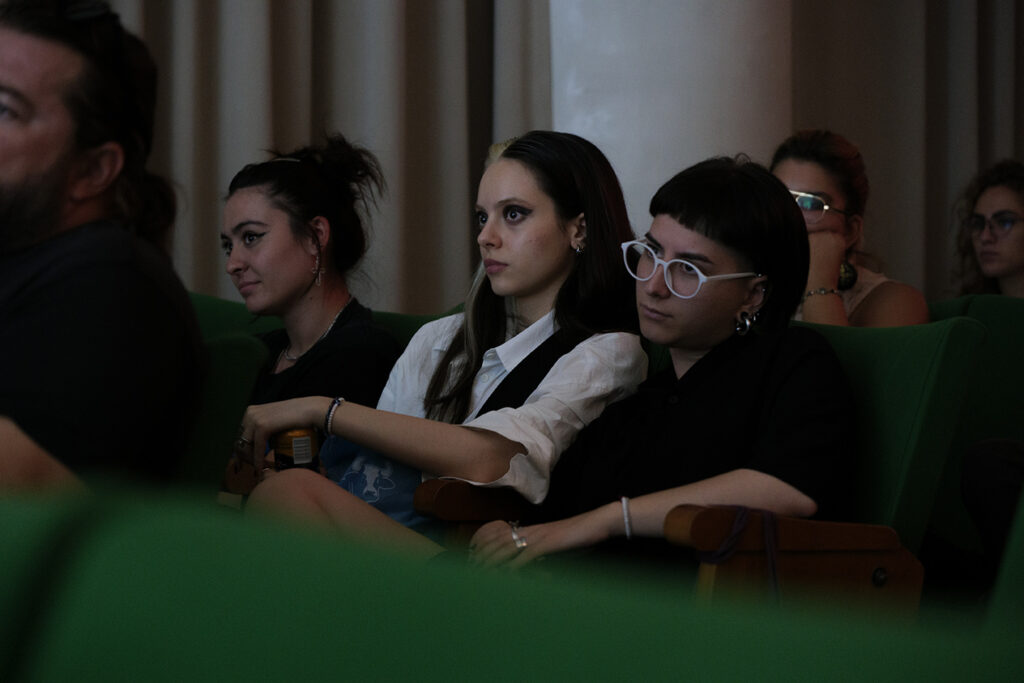Attraction – Repulsion
If we search the dictionary for the definition of boundary, we will see how it is inextricably linked, from its etymology, with territory, with a physical space, with a limit.
We can indicate the boundary as the line that indicates the limit of two adjacent territories. Territories that without that line, physical or imaginary, would be a unity, we can then add that the border is also fragmentation, division, segmentation, the creation of two opposites. Opposites that today increasingly appear to be in conflict with each other, despite grand propaganda statements.
In 2020, the International Organisation for Migration (IOM) estimated that around 281 million people live in a country other than their country of birth: 128 million more than in 1990 and more than three times the number estimated in 1970 (IOM, 2019)[1].
Human beings are on the move, perpetually and, as we have seen, following an increasingly frenetic pace. This increase in the number of people constantly moving from one territory to another, passing from one border to another is a direct consequence of the political, economic, and social decisions implemented by all the states of the world and which cause wars, poverty, famine, climate change, and exploitation.
All these words have now become a background noise that we hear in all the news or read in newspapers or scroll through the screens of our electronic devices, part of the flow of news by which we are hit every day. A background noise in the face of which we are at best powerless, if not downright indifferent. We cannot see a real solution on the horizon of the immediate future, because a real solution would involve changing the way we exploit the riches of the planet, which would also redraw the geopolitical map.
Meanwhile, the background noise continues, unabated, indeed accelerating, and the answer, the only paradoxical answer that arrives almost everywhere in the world is to emphasize, to make the boundaries that divide us from one another even more obvious as far as possible. Segmentation as a solution to the flow.
Filippo Berta realized the “One by One” project between 2019 and 2021, traveling along different border lines on the planet, from the Americas to Europe and Asia. Formally, the video consists of a shot from different angles, of a person approaching the barbed wire demarcating the border and beginning to count the thorns that make it up. 121, 122, 123, 764, 354, 877, 888, the index finger points to a thorn in the wire and numbers it, then points to the next thorn and numbers it; a counting that turns into an accusation every time we see the finger pointing to a thorn, and into a laical prayer when we listen to the overlapping voices of all the people taking part in the performance, each with their own idiom. Unless we know all the languages spoken by the people involved by the artist, most of the time we cannot really follow the numbering, but we can still understand that we are faced with a count that is destined to remain endless.
The places seem to resemble one another, the barbed wire marking the border point does not coincide with a natural boundary, there are no mountains or sea to divide the two territories we see framed. Only an administrative boundary, a demarcation mark established at a desk that also separates habits, religions, customs and contains within it a national identity. 456, 457, 987,676, the numbering goes on seamlessly, creating a corrupt infinity towards which we too are projected. That background noise of the news we read, see, or scroll through every day, becomes in Berta’s work, a metaphor for an unstable, suffering, divided, and divisive territory, segmented by man to create distance.
The formal synthesis created by the artist, which is his stylistic signature, is the result of great conceptual and visual work, which also contains a great deal of preparatory work. In order to realize this work, in fact, an enormous effort was required in terms of contacts and relationships woven tirelessly throughout the realization of the project. The preparatory work developed along two parallel lines; Francesca Ceccherini, one of the two curators of the project, was responsible for building a dialogue with all the embassies of the places involved and for contacting the border police to obtain the various permits necessary for the performance and filming. The artist went in search of the people who were trying to cross a border, and to do this he contacted cultural and social associations of all kinds, local sports clubs, and voluntary associations; he tried to retrieve the personal contacts of the migrants who were giving interviews to the international media, and with each of them he weaved a dialogue, listened to their personal stories, and asked them to get involved through the performance he had conceived; through this simple gesture that is so charged with personal, moral and political meaning.
To understand Berta’s work, we must necessarily start from the definition of border, from the link that this word has with space, from that confrontation between two opposites created by a physical or imaginary demarcation line. Behind the problem of immigration shown in the video, there is in fact all of Filippo’s poetics, his need to place two forces in front of each other until we perceive the magnetic force that attracts and repels them at the same time. In fact, the artist’s entire production develops around this confrontation, around a dualism that is essential for our very perception of reality. Black and white, light and shadow; between these two extremes there is always the passage that we must necessarily take to go from one to the other, and this movement, driven by a force of attraction and repulsion, is exactly the focal point of Berta’s work.
Also in the case of “One by One”, the space between the two borders is materially filled by the barbed wire, but that space would remain conceptually empty if it were not filled by the energy of the men and women who want to cross it. It is that same energy that we see passing through the index finger to the mouth and the sound produced by the numbering, which continues to echo in our heads, filling and replacing the empty space of the barbed wire with the energy of lives suspended, waiting to confront the other.
Stefano Romano
[1] For detailed information about this: https://worldmigrationreport.iom.int/wmr-2020-interactive/
